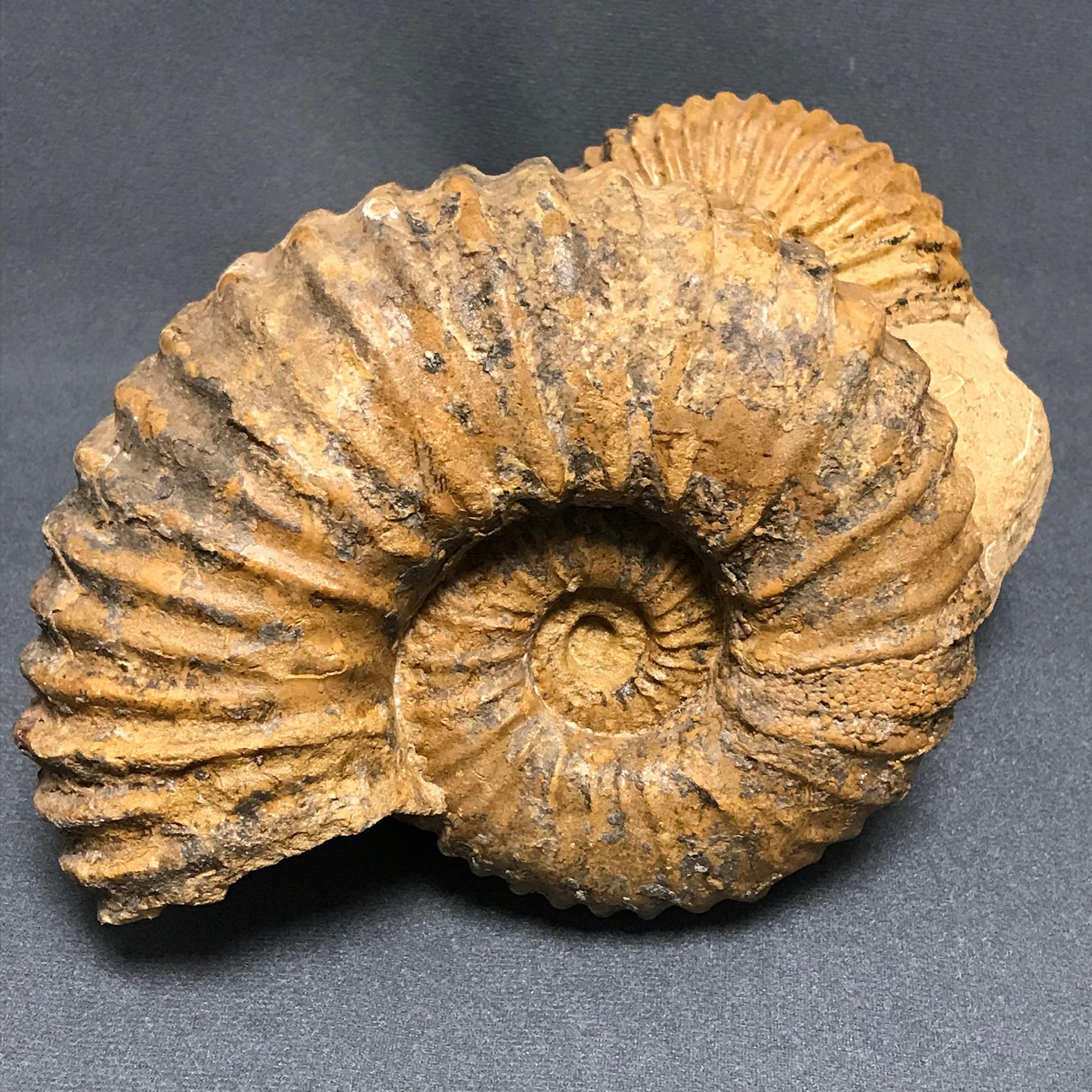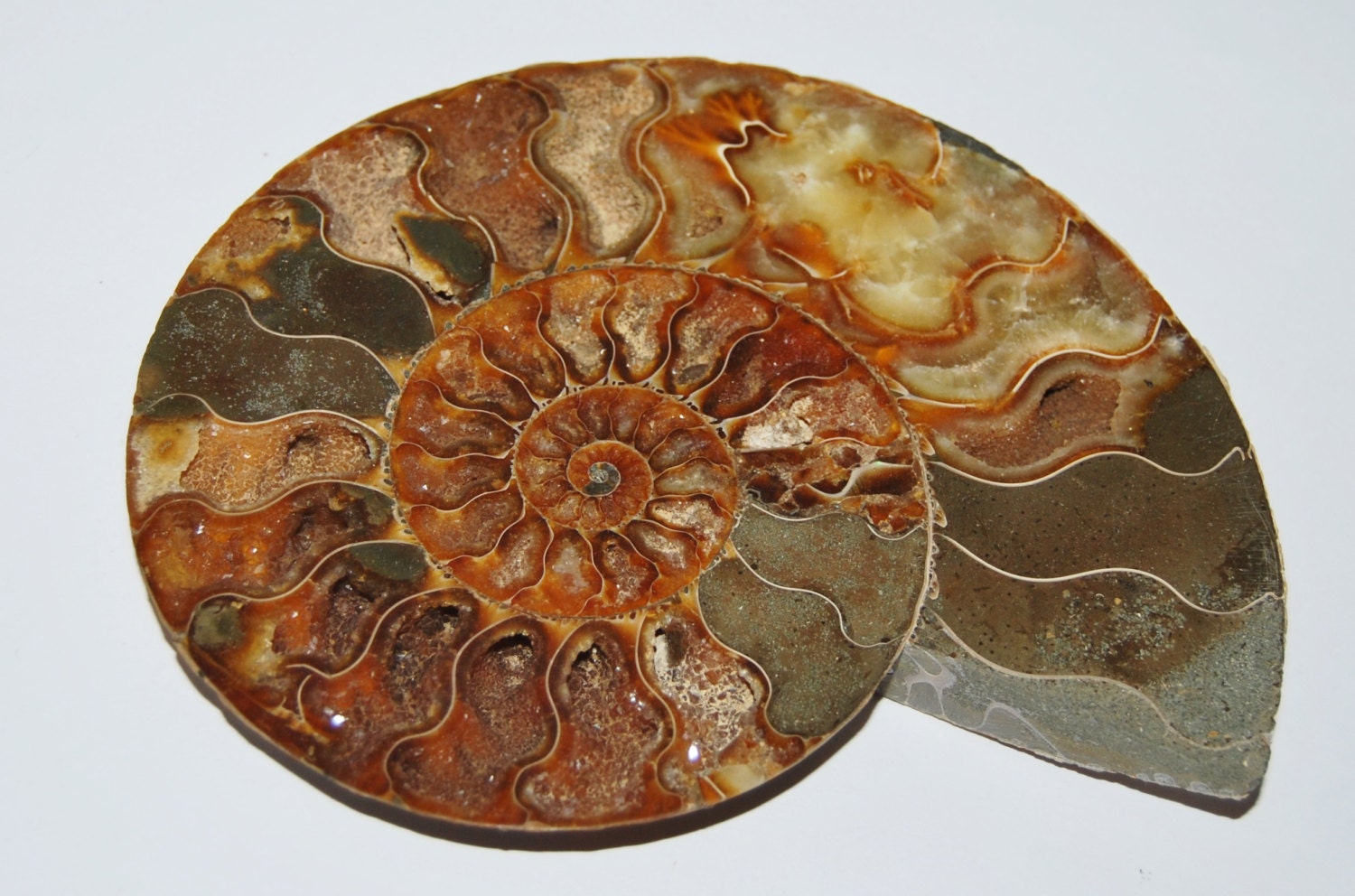

(1870) Manual of Geology, Le Conte, Joseph (1898) A Compend of Geology, or Louis Pirson and Charles Schuchert, A Text-Book of Geology. (1920). Palaeontologist Mary Anning is known for discovering a multitude of Jurassic fossils from Lyme Regis on England's Dorset Coast. The ammonite engravings on these pages are from Dana, James D. Ammonite: The remarkable real science of Mary Anning and her fossils. They were edited by Melissa Zielinski, and expanded and linked to the Humboldt NHM web site by R. * The ammonite text and web pages were written and designed by Brian Santo for the Humboldt NHM as part of the course requiremtns for Humboldt's Geology 320, Invertebrate Paleontology, Sp. The muscular ejection of water through the funnel gave them horizontal propulsion.Īmmonite Geologic Abundance: Devonian - CretaceousĪmmonite Suture Patterns ® Ammonoid/Nautaloid Comparative Morphology The unique structure of their shells enabled them to pump air, via the siphuncle, into various chambers, giving them neutral buoyancy for vertical movement. These creatures were motile but not very fast swimmers. Still others were thought to have scooped up organic debris and trilobites from the sea floor, or fed upon plankton.
Real ammonite fossil free#
The jaw structure of some ammonites seems to indicate that they were active predators feeding on slow-moving animals, while others may have been scavengers. Real ammonite fossil with beautiful pattern framed office decor child or adult gift BugZen (175) 115.00 FREE shipping Large Authentic Texas Ammonite Fossil Specimen 11 Decor Raw Natural StoreofTexas (3,507) 26.05 28.95 (10 off) Ammonite Hildaites with a Toarcian Belemnite Rostrum 110mm Amonite Fossil fievreminerale (151) 35. It is speculated that different species of ammmonites may have had a variety of different feeding habits, based on their morphology. Overall, they are thought to have been bottom feeders ranging in depths between 50-250 meters. Some ammonites are thought to have been able to reach depths of 400 meters, depending on the shape of their shell and internal structure.

These heteromorphs of the family Choristoceratidae display an unusual partially-coiled shape, which probably limited them to a benthic (bottom-dwelling) lifestyle unlike their buoyant, fully coiled relatives.


 0 kommentar(er)
0 kommentar(er)
